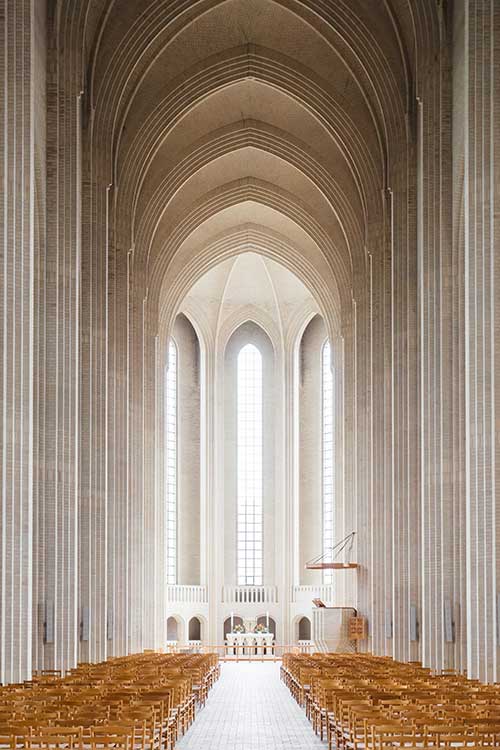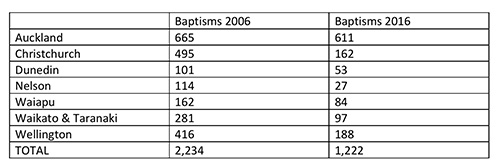
Can we, churchgoers, be honest with ourselves?
Many I have spoken to (in different denominations), have indicated that the lockdown for Covid19 has resulted in a post-lockdown drop of Sunday attendance of about a third. Some people have lost the habit of Sunday church; some have discovered they prefer staying home and watching a service online; for some, regular attendance has shifted from weekly to once in three weeks, or from once in three weeks to once in six… Sure, there are also people who have, in lockdown, discovered a spiritual thirst and have started attending church…
Are we keeping track of trends, and reflecting on them? Statistics are an important part of this.
We can distort our statistics. There are clergy who are adding their new, daily Zoom meetings with prayer onto their weekly attendance statistics. Attendance, this way, can look to have doubled. Others are doing similarly with YouTube and Facebook Live views of services. Some will make combinations. Attendance statistics are also subject to guessing…
Statistics for the Anglican Church in Aotearoa, New Zealand and Polynesia are notoriously difficult to find – almost on purpose? Different dioceses keep different statistics and vary in making them accessible. I gave up trying to find 2019 statistics.
Baptism stats are a clear, objective measure and usually not subject to guessing. I had the 2006 baptism statistics for the pakeha dioceses. I finally obtained the 2016 baptism statistics for all but one diocese from John Kinder Theological Library (Thanks!). Someone else finally found the missing diocesan baptism stats (Thanks!)

So in one decade, baptisms have basically halved. Two dioceses have bucked the trend – one diocese dropped to a quarter; the other had no significant drop. Both would be worthy of extra reflection [is there, for example, any connection between Auckland’s consistent following of traditional stipended ministry formation (years of live-in seminary; curacy;…) and maintaining baptism numbers?]
Usually, wherever I go to Anglican services, the majority of the congregation is in the second half of life. Generally, there is not a particular focus on the challenges and joys of this stage. Some expect that as people die, new older people will make up the gap. I question that expectation. It seems that our church may be like the frog in water being slowly brought to boiling point.
Without honest statistics and careful reflection, as clergy lead Sunday by Sunday, we can be blind to the slow shrinking of church attendance and its consequences.
Recently, I was standing by an intersection where there were three massive collections of buildings: Anglican, Methodist, and Presbyterian. Not far away, I could see the dramatic spire of another denomination. World religions often have divisions (Mahayana, Theravada…). Christianity, with its strong claim of “we have the truth”, is more divided than any other! I cannot imagine this scene of multiple divisions each with its own massive plant so blatantly next door to each other in any other world religion. Each of these three centres was built with great confidence some decades ago. I can only imagine that nowadays the combined communities of these three denominations would comfortably fit into only any one of the three – and in doing so still leave plenty of room for growth.
To reverse the annihilating trend that is clear if we would only be more honest with ourselves, one of the primary questions has to be: If a non-Christian acknowledged spiritual yearning and a search for truth, what would make them walk through the door of one of these centres?
UPDATE: I do not control where discussions about blog posts happen – there are good discussions about this post currently on facebook here and here.
If you want to look at earlier reflections, including some of what I think are the causes, and what might be part of discussions towards solutions, go to:
End of the Anglican Church?
End of the Anglican Church (part 2)?
End of the Anglican Church (part 3)?


